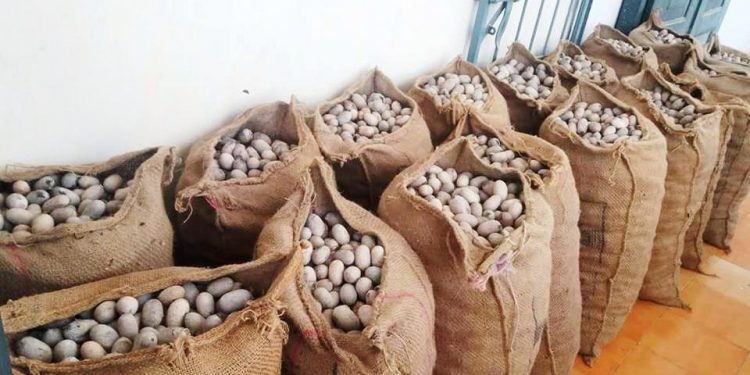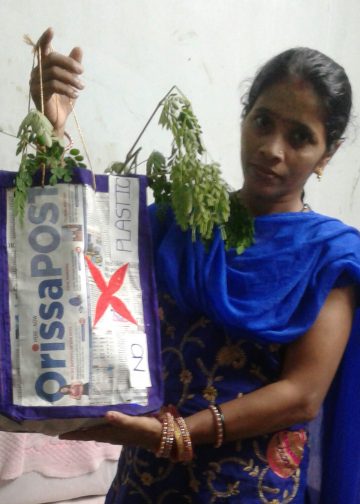Baripada: Not long ago a profitable avenue for many, the Tussar farming in Mayurbhanj district has lost its sheen. Tussar farming got importance in the district as it was meant to bring members of the scheduled tribes of the district to the mainstream of the society.
In order to help Tussar farmers take up the farming and improve their financial condition, the Central Silk Board established a Research Extension Centre at Bangiriposi in 1975.
Subsequently, the local residents started taking up Tussar farming as a way to earn their livelihood. Things were running smoothly till the outbreak of pandemic and the subsequent lockdowns and shutdowns.
The cottage industry came to a halt. As of now, Tussar cocoons worth Rs 75,00,000 are lying unsold at Bangiriposi Tussar Cooperative Society.
Similarly, cocoons worth Rs 5,44,00,000 are rotting at 21 units in Morada, Suliapada, Kuliana, Saraskana, Baripada, Bisoi, Thakurmunda, Shyamakhunta and Kaptipada blocks in the district.
“Tussar cocoons reared here are of high quality. This is the reason why weavers’ societies from different districts come here to buy the cocoons,” claimed Mangala Soren and Kanhu Charan Marandi, farmers of Ambadiha and Uparabeda respectively.
Trading of cocoons is done only at government level in the state. The weavers’ societies buy them through the Central Silk Board’s Bhubaneswar-based marketing department.
At present, weavers’ co-operative societies do not come to buy the stored cocoons as all the activities relating to buying and selling have been stopped. With these cocoons lying in heaps for a long period, their quality has taken a beating.
However, buying and selling of Tussar is going on in open market of West Bengal and Bihar. In view of the pandemic, the Odisha Tussar and Silk Federation has cleared the farmers’ dues in advance.
According to information available, a total of 30,000 farmers in the district benefit from Tussar farming. While 92 per cent of the total farmers belong to scheduled tribes, the rest are of other tribes.
Meanwhile, Tussar production has fallen. “The production has been affected due to various natural disasters that have visited the districtr. There was a time when hundreds of families took up Tussar farming as the main source of earning their livelihood.
In those days students and researchers from Shri Ramchandra University, Fakir Mohan University and even from Central Tussar Research Centre in Ranchi used to visit the Research Extension Centre.
Now the farmers are turning their face away from Tussar farming due to reasons like natural calamities and labour issues,” observed Mukul Naik, a Tussar farmer from Danadar village.
“Out of 30,000 farmers, only 7,000 work as full time farmers. Despite being a profitable farming, its production is decreasing by the day. It is only a matter of time before the Tussar farming here loses its identity.
For the development of Tussar farming and growth of farmers, starting from production to marketing need to be taken care of and systematised,” maintained some farmers including Mahendra Singh of Jamukunda, Panika Singh and Samaya Singh of Kaliapani and Ramesh Hansda of Ambadiha village.
PNN






































